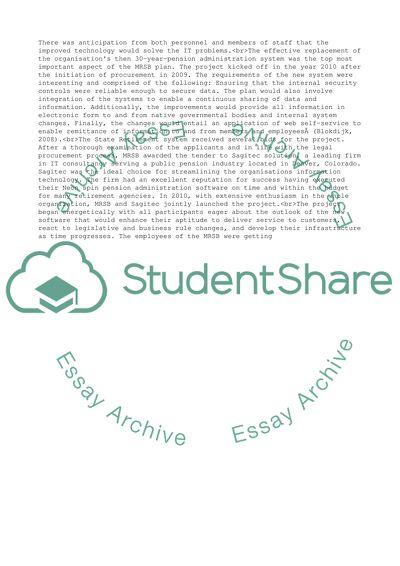Cite this document
(Strategy Essay Example | Topics and Well Written Essays - 2500 words - 3, n.d.)
Strategy Essay Example | Topics and Well Written Essays - 2500 words - 3. https://studentshare.org/management/1860424-strategy
Strategy Essay Example | Topics and Well Written Essays - 2500 words - 3. https://studentshare.org/management/1860424-strategy
(Strategy Essay Example | Topics and Well Written Essays - 2500 Words - 3)
Strategy Essay Example | Topics and Well Written Essays - 2500 Words - 3. https://studentshare.org/management/1860424-strategy.
Strategy Essay Example | Topics and Well Written Essays - 2500 Words - 3. https://studentshare.org/management/1860424-strategy.
“Strategy Essay Example | Topics and Well Written Essays - 2500 Words - 3”. https://studentshare.org/management/1860424-strategy.


